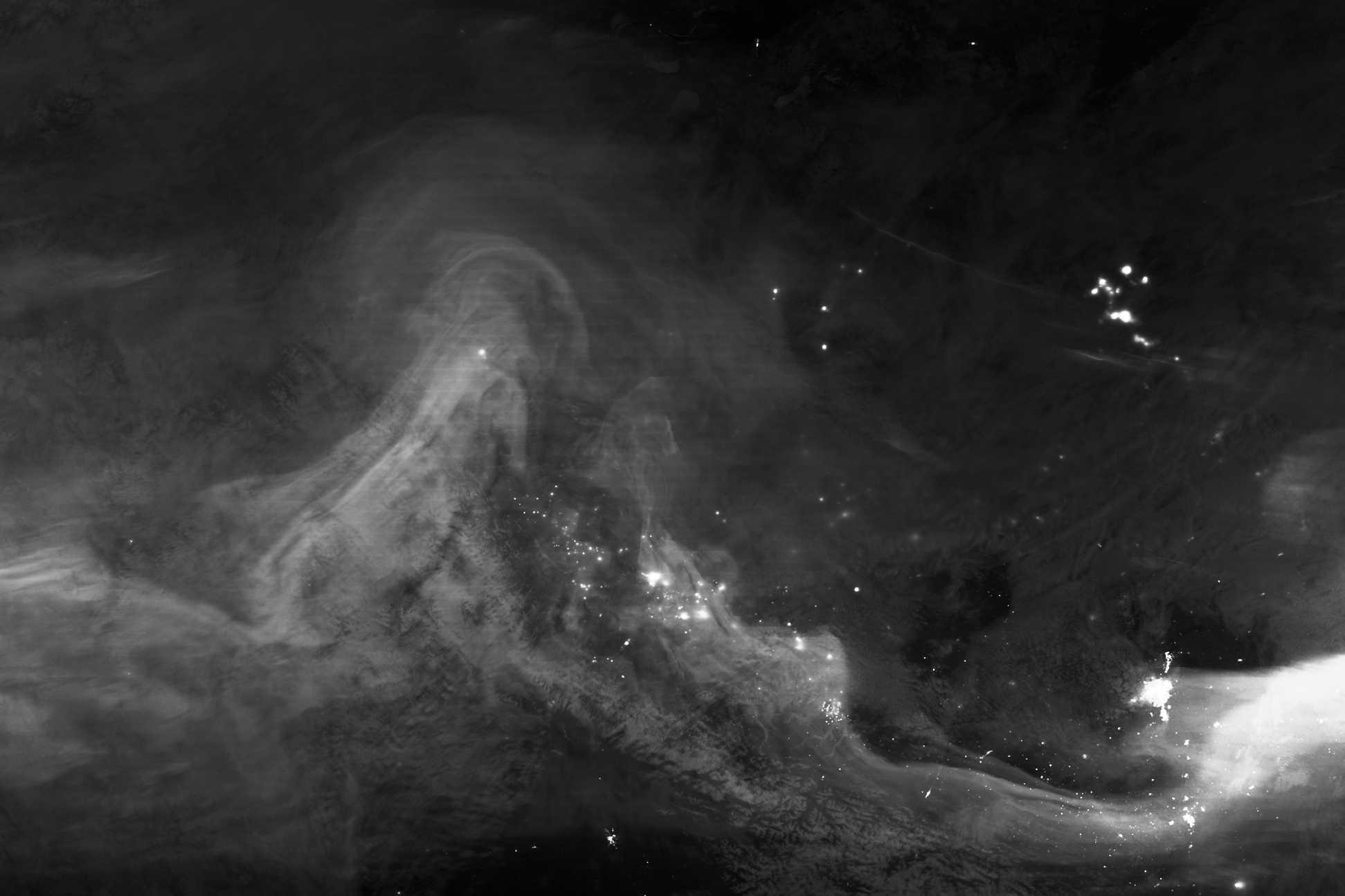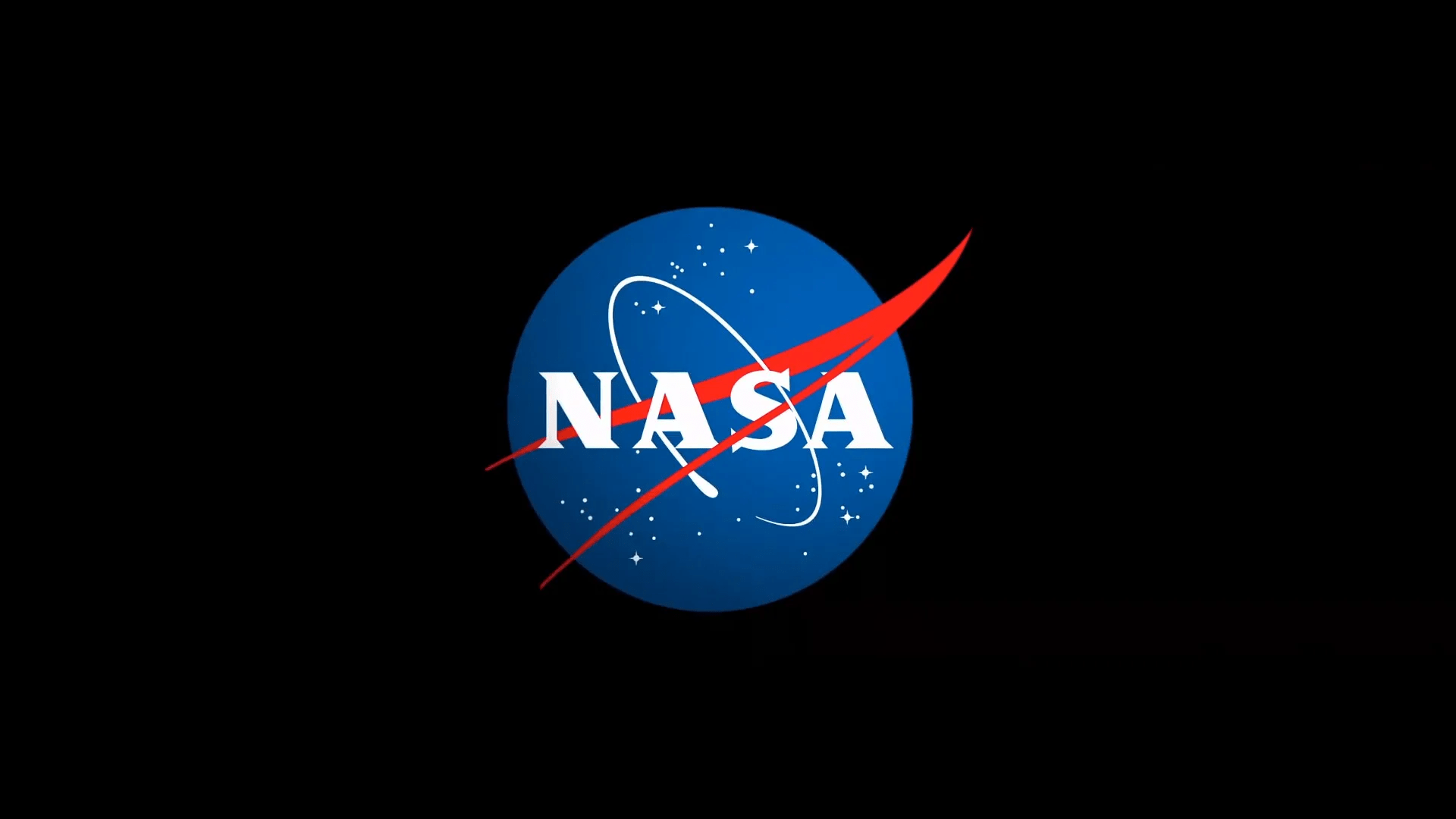
The Visible Infrared Imaging Radiometer Suite sensor on the NOAA-NASA Suomi NPP satellite captured this image of the aurora borealis, or northern lights, over western Canada at 3:23 a.m. MST (5:23 a.m. EST) on November 5, 2023.
Auroras are colorful ribbons of light appearing in night skies, incited by a strong geomagnetic storm in Earth’s magnetosphere. Multiple coronal mass ejections from the Sun sent a surge of charged particles toward Earth. After colliding with Earth’s magnetosphere, some particles trapped in the magnetic field are accelerated into Earth’s upper atmosphere where they excite nitrogen and oxygen molecules and release photons of light, known as the aurora.
If you like watching displays such as these, you can help scientists verify aurora sightings so they can analyze and include them in space weather models.
Image Credit: NASA/Lauren Dauphin and Wanmei Liang, NOAA
from NASA https://ift.tt/L6zNHtc


No comments:
Post a Comment